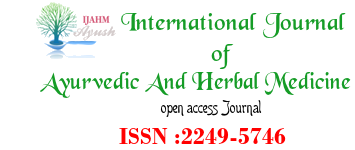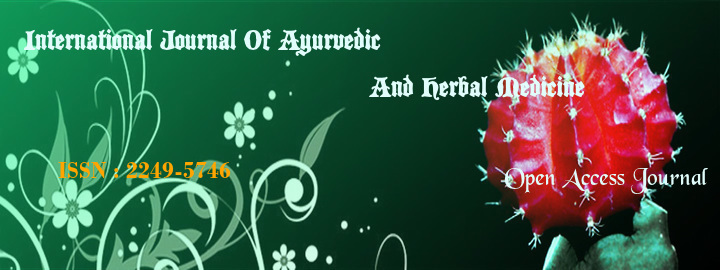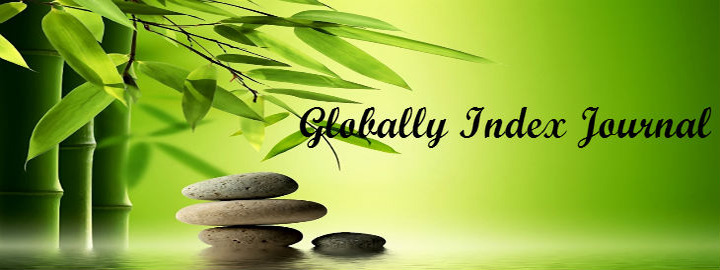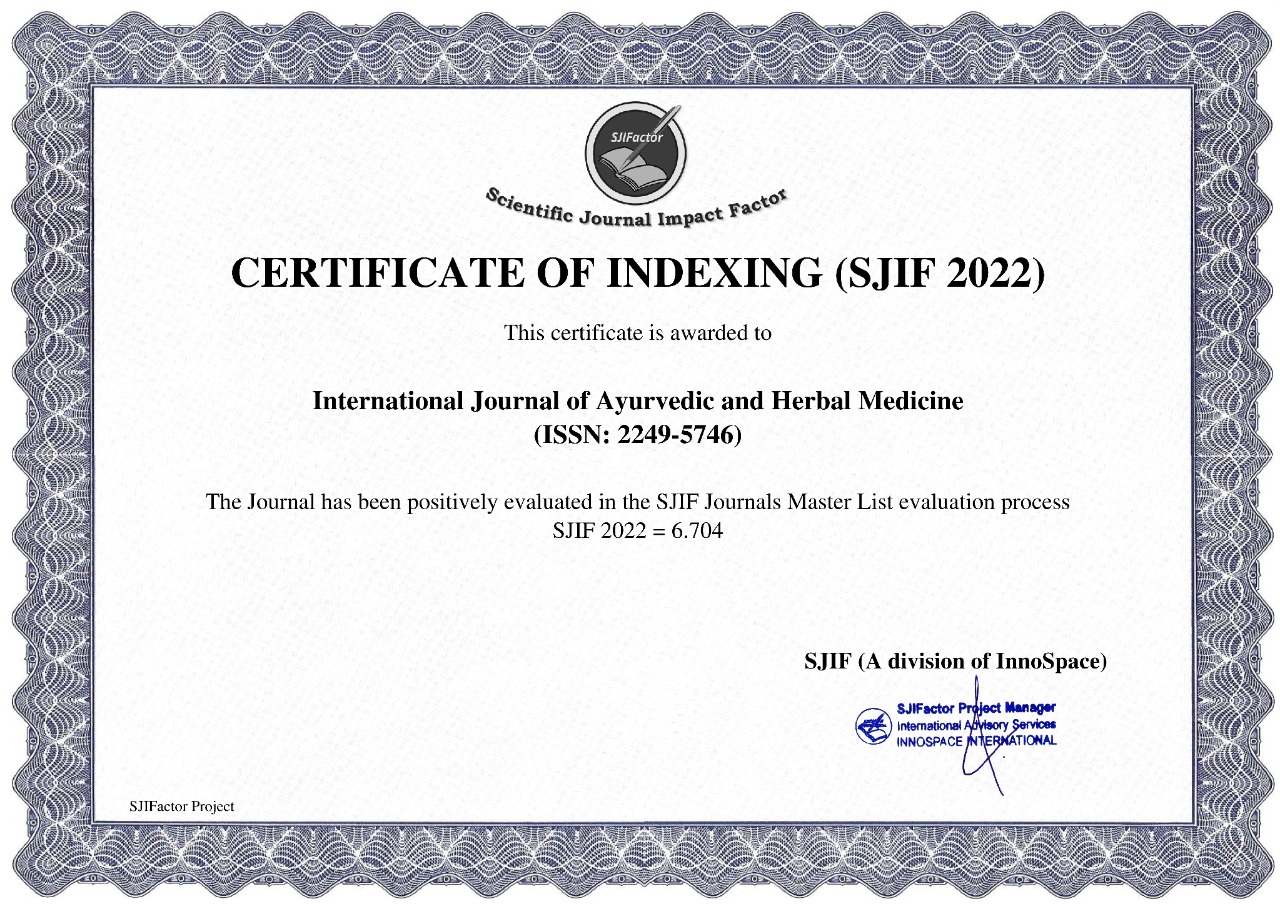


Nangare N. B.1, Deshpande M. M.2, Kurulkar M. A.3
DOI : http://dx.doi.org/10.47191/ijahm/v11i6.03
1Assistant professor, Department of Dravyaguna, Bharati Vidyapeeth (Deemed to be University) College of Ayurved, Pune, India
2Professor and Head, Department of Dravyaguna, Bharati Vidyapeeth (Deemed to be University) College of Ayurved, Pune, India,
3Professor and Head, Keshav Ayurveda Medical College, Aklera, Rajasthan, India.
ABSTRACT:
Morat is considered as a significant medicinal plant in the indigenous system of medicine [Ayurveda] as it has wide application as single drug. It is very effective in various Urinary disorders. It is a controversial plant and many plants are being used in the name of Morat. Pharmacognosy investigation becomes a vital role in identification of controversial plants. The causes for controversy could be either different plants of different area are often known by common name, several names for one plant or commercial substitution in non-availability of classical drug with local drug. The genuine basic raw material is very much essential for good quality medicines. Present study aims to define standards for identifying five source plants of Morat botanically and chemically. Morphological evaluation carried out by qualitative assessment based on morphological and sensory profile. Microscopical evaluation done for histological characters by using microscope and micro photography By Chemo-microscopy chemical method, evaluation is done with powders of plants. Preliminary phytochemical screening is done by qualitative chemical tests for establishing chemical profile. Five plants showed different cell structures, cell contents and different physical standards and phytochemicals. Differentiation in cell, cell content, and presence of phytoconstituents suggests, the five source plants have their different diagnostic value. Five source plants of Morat have different marker parameters
Keywords: Urinary disorders, Leea macrophylla Roxb., Saccharum officinarum L., Marsdenia tenacissima Wight.& Arn., Maerua arenaria Hook, Chonemorpha fragrans Moon,
REFERENCES:
- Jadhavji trikamji acharya; Dalhanacharya's Nibandhasangraha Commentary on Sushrut Samhita; Chaukhambha AmabharatiPrakashan, Varanasi, 1994.
- Nangare N B, Deshpande M M, Kurulkar M. A Critical Review on Morat with Special Reference to Ayurveda Classical Texts. International Journal of Ayurvedic Medicine Vol 11 No 3 (2020): July - September 2020.
- P. Singh & S. Karthikeyan Flora of Maharashtra State. Dicotyledones-Vol. I (Ranunculaceae - Rhizophoraceae) B. S. I. Calcutta. 2000 pp 568.
- P. Singh, P. Lakshminarasimhan, S. Karthikeyan & P. V. Prasanna. Flora of Maharashtra State. Dicotyledons-Vol. II (Combretaceae - Ceratophyllaceae) B. S. I. Calcutta. 2001 pp 322
- Mudgal V, Khanna K K & Hajra PK, Flora of Madhya Pradesh Vol. II, Botanical Survey of India, Calcutta 1997.
- Shrama B D, Karthikeyan S, Singh N.P. Flora of Maharashtra State. Monocotyledons Vol. III B. S. I. Calcutta. 1996.
- P. Singh & S. Karthikeyan Flora of Maharashtra State. Dicotyledones-Vol. I (Ranunculaceae - Rhizophoraceae) B. S. I. Calcutta. 2000 pp 226.
- Evans WC. Trease and Evans’ Pharmacognosy. 14th ed. London: W. B. Sounders Company limited; 1996. p. 545-6.
- Brain KR, Turner TD. The practical evaluation of phytopharmaceuticals. Bristol: Wright Sciencetechnica; 1975. p. 36-45, 81-2.
- Anonymous WHO. World Health Organization, Quality Control Methods for Medicinal Plant Materials. Geneva: WHO; 1998.
- Trease W, Evans C –Pharmacognosy (fifteenth ed.) Cambridge University Press, Great Britain, 1983, 713- 734.
- Khandelwal KR. Practical Pharmacognosy: Techniques and Experiments, India: Nirali Prakashan. 2005; 30- 35:146-147.
- Anonymous, The Ayurvedic Pharmacopia of India, e-book, Part 1, Vol.V, Appendix 2.2.2 page 213.
- Ibidem 3.Vol. V, Appendix 2.2.9. page 214.
- Ibidem 3.Vol. V, Appendix 2.2.3. page 213.
- Ibidem 3.Vol. V, Appendix 2.2.4. page 213.
- Ibidem 3.Vol. V, Appendix 2.2.7. page 214.
- Ibidem 3.Vol. V, Appendix 2.2.6. page 214.
- Anonymous, The Ayurvedic Pharmacopia of India, e-book, Part 1,Vol.I, Appendix 3.3 page 156.
index






















